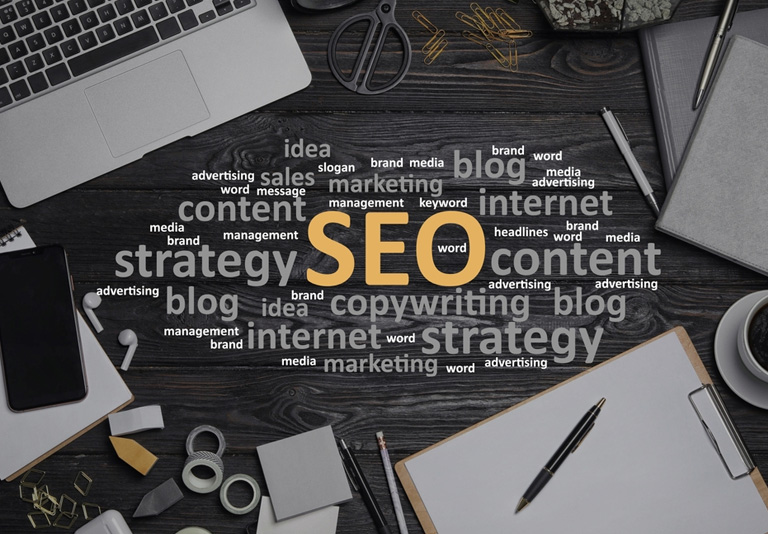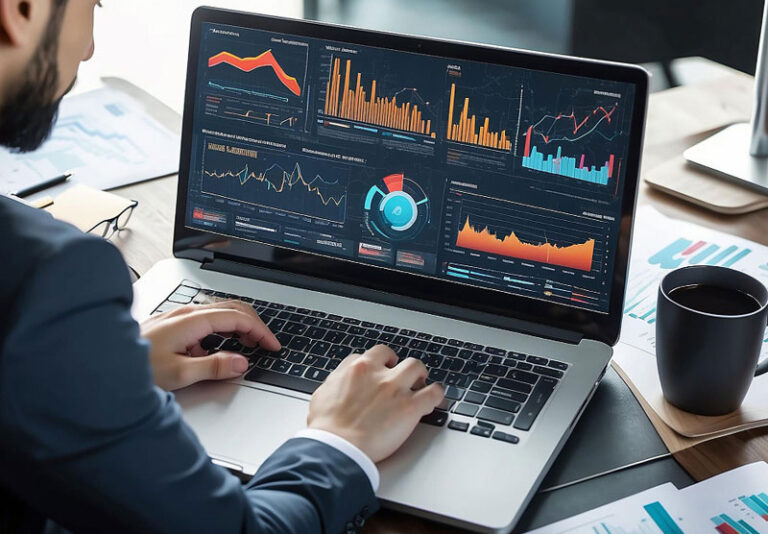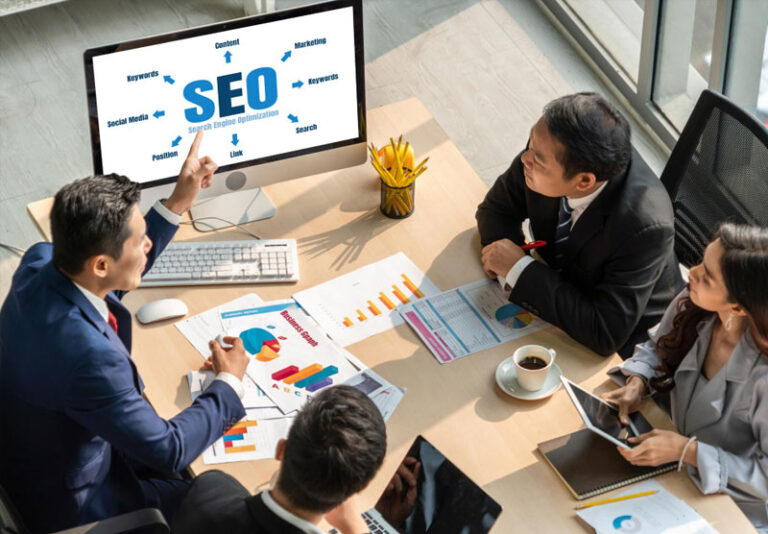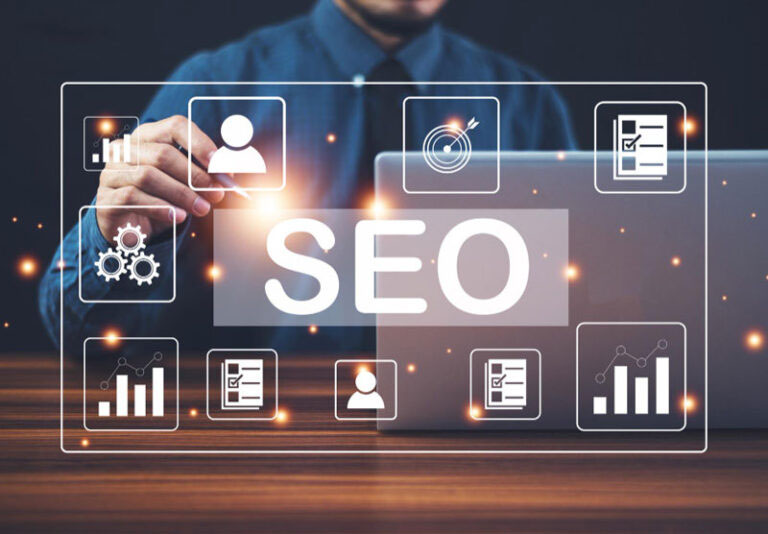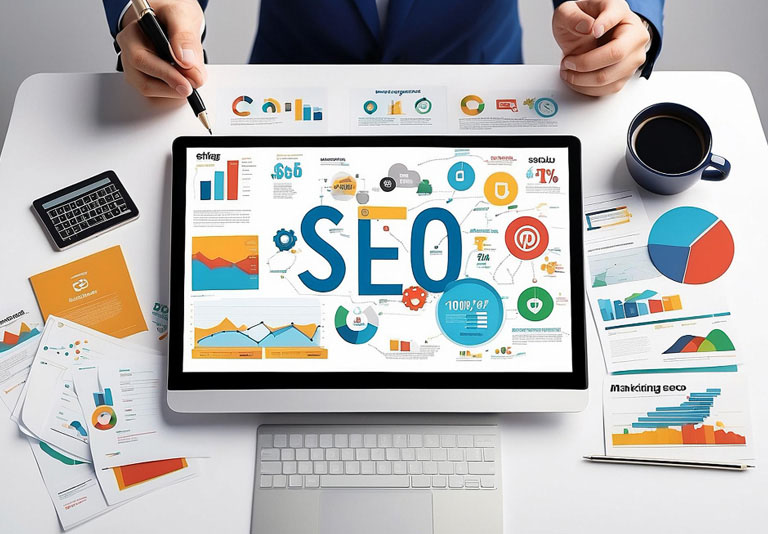15 Easy SEO Tips For Higher Rankings
In today’s digital age, having a strong online presence is crucial for any business or individual looking to succeed. Search Engine Optimization is one of the most effective ways to improve your visibility on search engines like Google. If you’re new to SEO or looking to enhance your skills, here are 15 easy tips to help you achieve higher rankings.
- Conduct Keyword Research
Keyword research is the foundation of SEO. Use tools like Google Keyword Planner, Ahrefs, or SEMrush to find relevant keywords for your content. Focus on long-tail keywords that have lower competition but high search intent. For example, instead of targeting a broad term like “shoes,” you might target “best running shoes for flat feet.”
- Optimize Your Title Tags
Title tags are one of the first things search engines and users see. Make sure your title tags are descriptive, include your primary keyword, and are within 60 characters to ensure they display correctly in search results. A good title tag might look like “10 Tips for Choosing the Best Running Shoes for Flat Feet.”
- Write Compelling Meta Descriptions
Meta descriptions provide a summary of your page content. Although not a direct ranking factor, a well-written meta description can increase click-through rates. Keep them under 160 characters and include your primary keyword. For example, “Discover the top 10 tips for finding the best running shoes for flat feet. Improve your running comfort and performance today.”
- Use Header Tags Properly
Header tags (H1, H2, H3, etc.) help structure your content and make it easier for search engines to understand. Use your primary keyword in the H1 tag and include secondary keywords in H2 and H3 tags to enhance readability and SEO. For instance, an H1 might be “Best Running Shoes for Flat Feet,” with H2s like “Why Proper Shoes Matter” and “Top 10 Recommendations.”
5.Create Quality Content
Content is king in SEO. Focus on creating high-quality, informative, and engaging content that provides value to your audience. Aim for longer content (1,000+ words) as it tends to perform better in search results. Ensure your content answers common questions and solves problems for your readers. For example, a detailed guide on selecting the right running shoes can attract and retain readers.
- Optimize Images
Images make your content more engaging but can slow down your site if not optimized. Use descriptive file names, add alt text with relevant keywords, and compress images to improve loading times. For instance, an image of running shoes could have a file name like “best-running-shoes-flat-feet.jpg” and an alt text like “Best running shoes for flat feet.”
- Improve Site Speed
Site speed is a critical ranking factor. Use tools like Google PageSpeed Insights to identify and fix issues that may be slowing down your site. Optimize images, leverage browser caching, and minimize JavaScript and CSS files to enhance speed. Fast-loading sites provide a better user experience and are favored by search engines.
- Ensure Mobile-Friendliness
With more users accessing the web via mobile devices, having a mobile-friendly site is essential. Use responsive design to ensure your site looks good on all screen sizes and test your site’s mobile-friendliness using Google’s Mobile-Friendly Test tool. A mobile-friendly site improves user experience and can lead to higher rankings.
- Build Internal Links
Internal linking helps search engines understand the structure of your site and distributes page authority. Link to relevant pages within your site to guide users and search engines through your content. For example, within a blog post about running shoes, you might link to other posts about running gear or fitness tips.
- Acquire Backlinks
Backlinks from reputable sites signal to search engines that your content is valuable. Reach out to industry influencers, write guest posts, and create shareable content to earn high-quality backlinks. For instance, if a popular fitness blog links to your guide on running shoes, it can boost your site’s authority and rankings.
- Use Social Media
Social media can drive traffic to your site and increase brand visibility. Share your content on platforms like Facebook, Twitter, LinkedIn, and Instagram to reach a broader audience and encourage social sharing. Engaging with your audience on social media can also lead to more backlinks and higher rankings.
- Optimize for Local SEO
If you have a local business, optimizing for local SEO can help attract nearby customers. Claim your Google My Business listing, use local keywords, and get reviews from satisfied customers to improve your local search rankings. For example, include phrases like “best-running shoes in [Your City]” in your content and listings.
- Monitor and Analyze Performance
Use tools like Google Analytics and Google Search Console to monitor your site’s performance. Track metrics like organic traffic, bounce rate, and keyword rankings to identify areas for improvement. Regular analysis helps you understand what’s working and what needs adjustment in your SEO strategy.
- Keep Up with SEO Trends
SEO is constantly evolving, so it’s important to stay updated with the latest trends and algorithm changes. Follow industry blogs, attend webinars, and join SEO communities to keep your skills sharp. Being aware of updates, like Google’s algorithm changes, ensures that your strategies remain effective.
- Be Patient and Persistent
SEO is a long-term strategy, and results won’t happen overnight. Be patient, stay consistent with your efforts, and continually optimize your site to see gradual improvements in your rankings. Persistence in applying SEO best practices will eventually lead to higher visibility and traffic.
By following these 15 easy SEO tips, you can improve your site’s visibility and achieve higher rankings on search engines. Remember, SEO is an ongoing process that requires dedication and continuous learning. Start implementing these strategies today, and you’ll be well on your way to SEO success.

